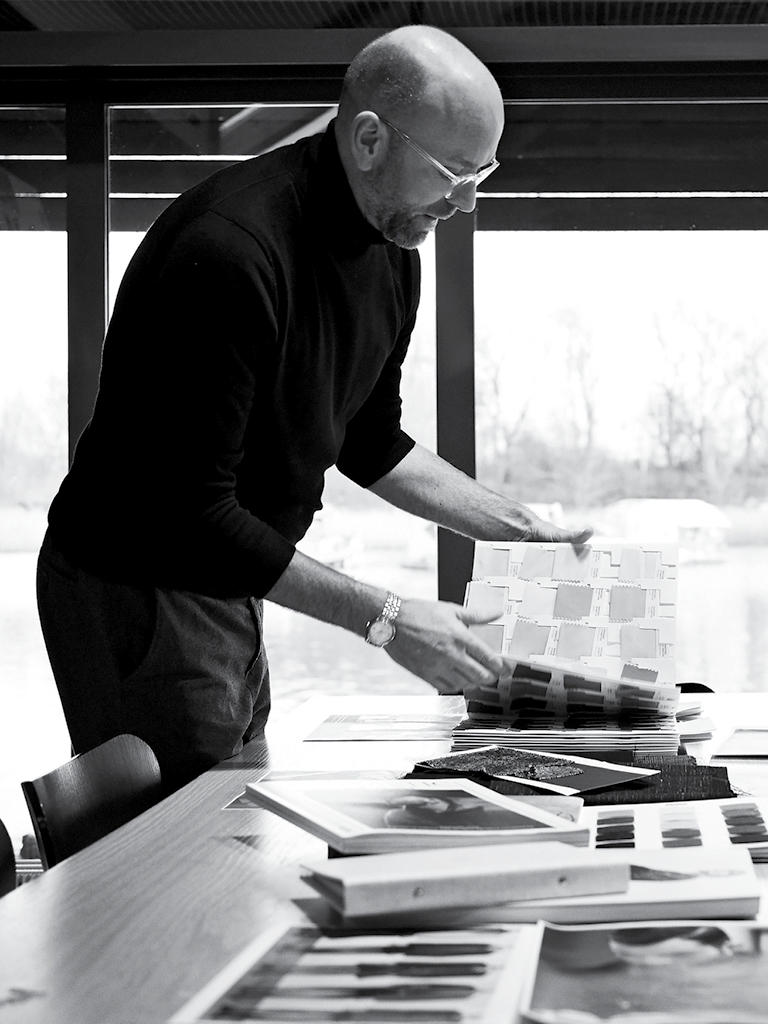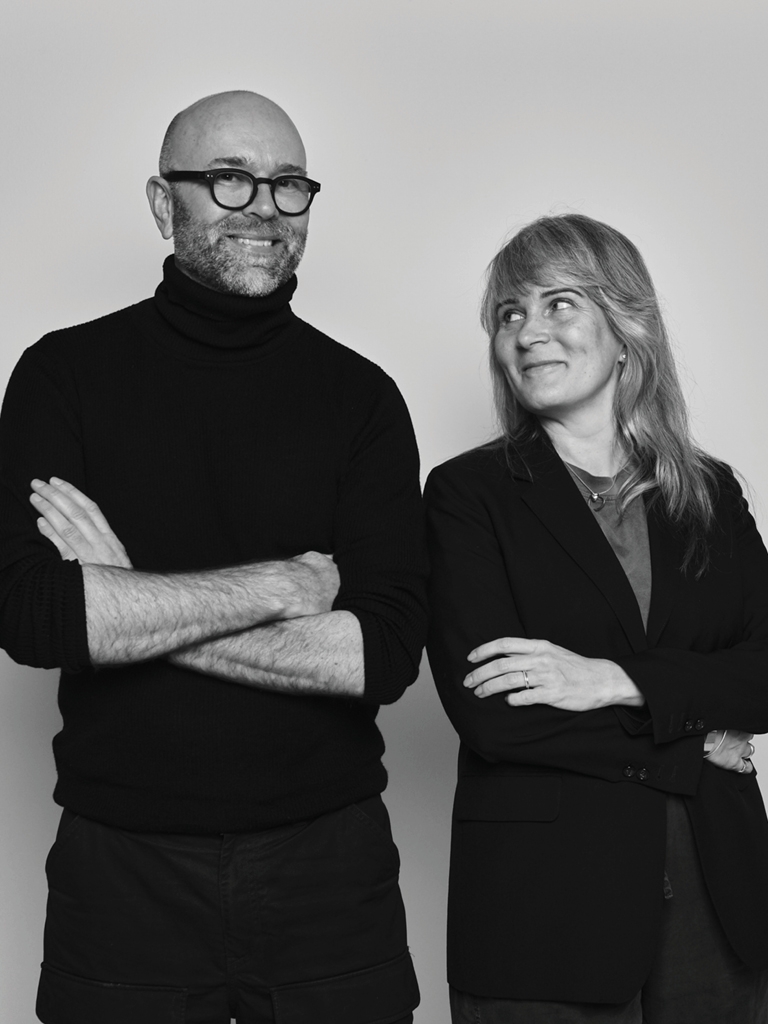Levertijden van 2-4 werkdagen
30 DAGEN RETOURNEREN
GRATIS VERZENDING BIJ BESTELLING VAN MIN € 75
Levertijden van 2-4 werkdagen
30 DAGEN RETOURNEREN
GRATIS VERZENDING BIJ BESTELLING VAN MIN € 75
Levertijden van 2-4 werkdagen
30 DAGEN RETOURNEREN
GRATIS VERZENDING BIJ BESTELLING VAN MIN € 75
Levertijden van 2-4 werkdagen
30 DAGEN RETOURNEREN
GRATIS VERZENDING BIJ BESTELLING VAN MIN € 75
When did you start working for Matinique?
Jan: I started working for Matinique in 2009 as a Senior Designer and then moved into my current position as joint Design Manager with Lotte in 2013.
Lotte: I started working for Matinique in 2005 as a Senior Designer and moved to my current role as joint Design Manager with Jan in 2013.
Where did you work before Matinique?
Jan: My career started in London and Paris where I worked primarily for trend bureaus and womenswear brands. But it did not take long for my passion for menswear to surface: before working at Matinique I designed the mainline men’s collection for Bruuns Bazaar.
Lotte: Before moving to Matinique, I worked in London for Levi Strauss & Co on all things indigo for the European market. Later on, I moved back to my hometown Copenhagen, to work with the Danish label Bruuns Bazaar on their younger line BZR.
What is the hallmark of Matinique?
Matinique is a great brand with a broad appeal and a strong core with focus on consistency. The essence of mixing formal and casual elements leaves a lot of room for new developments and seasonal interpretations while still staying true to the brand. Quality and comfort are paramount, as well as investigating new silhouettes, and innovative performances in fabrics and details. We are constantly developing and adding new layers.
What does your companionship mean to Matinique’s design?
Many years working together have taught us how to complement each other’s strengths and weaknesses. We have a strong respect for each other and we are able to develop the brand with confidence knowing we are always on the same page.
Where do you travel to get your inspiration?
We travel all over the world, London, Paris, Milan, Shanghai, New York - but we always return to Tokyo for the vibrant creative mix of new and old, technical and broken in. Often inspiration comes from little things in your daily life or from big new developments in production techniques. Inspiration is everywhere.
Which are your individual categories and what do you like most about them?
Jan: I’m working with Outerwear, Shirting, Knit, and Jersey. Outerwear has its roots in performance and protection and will probably be one of the biggest sartorial investments a man will make for his wardrobe in the winter. Quality is key for this group. We demand that our products have longevity both in terms of quality and style so each piece is thoroughly designed to meet our customers’ demands and needs. This can be a challenge but also extremely rewarding when you meet a customer that has purchased one of our garments. Shirting. What I like most about the shirting is the diverse range of products we make in this group. We are working closely with suppliers to come up with new techniques on washing and finishes for our more casual range. Then we have the business and city shirts were it is more about the subtle texture and prints that bring life to this key group. They also demand a higher level of craftsmanship where fit becomes paramount. Knitwear. The starting point for knit is more organic than any of the other groups, it begins with the yarn and from there you can do almost anything you want. I consider this one of the most creative parts of making a collection. Jersey. The evolvement of jersey over the last few years, especially amongst some of our younger customers, means that the demand for new and innovative jersey is high. What I enjoy is finding that spot where commercial ability, creativity, and design come together.
Lotte: I focus on tailoring, pants, and denim jeans. I like the attention to construction and all the little details that play a strong role in the development of these categories. Tailoring is a category in constant development. Over the last seasons, the overall look of tailoring has become super soft and very comfortable. We spend a lot of time getting the construction of the fabrics, patterns, and garments exactly right, and we are always in close contact with our manufacturers to make sure we are on the same path. It is very inspiring to work that closely with other experts in their field. For the time being you see tailoring merging with other categories and offering a new and more relaxed look, performance features or just being very easy to wear. Pants are after years of being ruled by slim and skinny silhouettes, slowly moving into more relaxed and even pleated versions. The two silhouettes live side by side, and I think the variety in fits and fabrications make this a very interesting category. Denim and indigo has traditionally been a very nerdy product group, where you can really dive in to the yarns, the dye, and the history. Now it is moving to another level with big players in the industry collaborating on new techniques that are better for the environment and the people working in the factories. I find it very inspiring to investigate and implement some of those developments to our universe, and being nerdy in other ways by mixing history and tradition with high tech development processes. Has something changed fundamentally in how you work with the collections now versus 10 years ago? Over the last decade, the design process has become more integrated with other areas within the organisation. We work very closely with sales, marketing, and production to achieve the ultimate collection for the brand and our customers. The pace is quicker now than it was 10 years ago. However, there is a strong trend towards integrating sustainable methods in the development and production process. On that note, we also have a strong focus on developing garments that will last in both quality and design.


